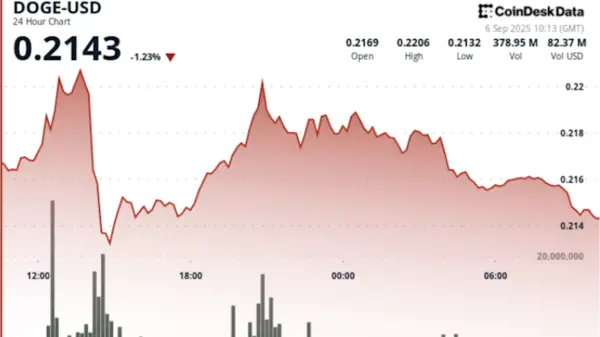The viability of cultural criticism in today’s media landscape faces significant challenges, raising questions about its value to media organizations. In a recent exploration, Charlotte Klein delves into whether reviews attract readers, contribute to subscription growth, or enhance advertising revenue. If the answer turns out to be negative, the implications for cultural commentary could be profound.
Assessing the Role of Cultural Criticism
Cultural criticism, which encompasses reviews of literature, art, music, and film, has long been a staple of mainstream media. Yet, its importance is now under scrutiny as digital platforms reshape how audiences consume content. Many media organizations are grappling with the question of whether these critiques resonate with readers or simply clutter their digital space.
Klein points out that the metrics for success in media have shifted dramatically. With the rise of social media and the prevalence of clickbait, media outlets are increasingly prioritizing content that guarantees immediate engagement over in-depth analysis. This shift raises concerns about the future of cultural criticism, which often requires a more nuanced approach.
The Financial Impact of Cultural Reviews
The financial implications of cultural criticism are critical. Media organizations must evaluate if cultural reviews lead to increases in subscriptions and advertising revenue. According to a recent survey conducted by the Media Insights Institute, only 29% of readers indicated that cultural criticism influenced their subscription decisions. This statistic suggests that many media outlets may be investing in a type of content that fails to deliver tangible returns.
Moreover, the advertising landscape complicates the situation further. Klein notes that advertisers tend to favor content that generates high traffic, often sidelining cultural critiques in favor of more sensationalized articles. As a result, cultural critics may find themselves with diminishing platforms and opportunities for visibility.
Some media organizations have begun to experiment with new formats, such as podcasts and video essays, to engage audiences more effectively. These formats allow for a broader exploration of cultural themes while catering to contemporary consumption habits. However, the challenge remains: how do organizations balance these innovative approaches with the traditional essence of cultural criticism?
The decline in print media has exacerbated the issue, as fewer platforms prioritize long-form analysis. The 2023 Media Landscape Report indicated that print advertising revenue dropped by 12% annually, leading many publications to cut back on critical cultural coverage.
Looking Ahead: The Future of Cultural Commentary
As media organizations navigate this precarious landscape, the future of cultural criticism hangs in the balance. Klein emphasizes that for cultural commentary to thrive, it must adapt to changing audience preferences while maintaining its core values.
Engagement strategies like community discussions and interactive platforms may help reinvigorate interest in cultural criticism. By fostering dialogue and building communities around shared cultural interests, media organizations can create a more sustainable model for cultural commentary.
In conclusion, the question of whether media organizations genuinely want cultural criticism is complex. While it may not currently drive subscriptions or ad revenue, the importance of fostering cultural discourse cannot be understated. As the media landscape continues to evolve, finding innovative ways to sustain cultural criticism will be essential for preserving its role in society.


































































